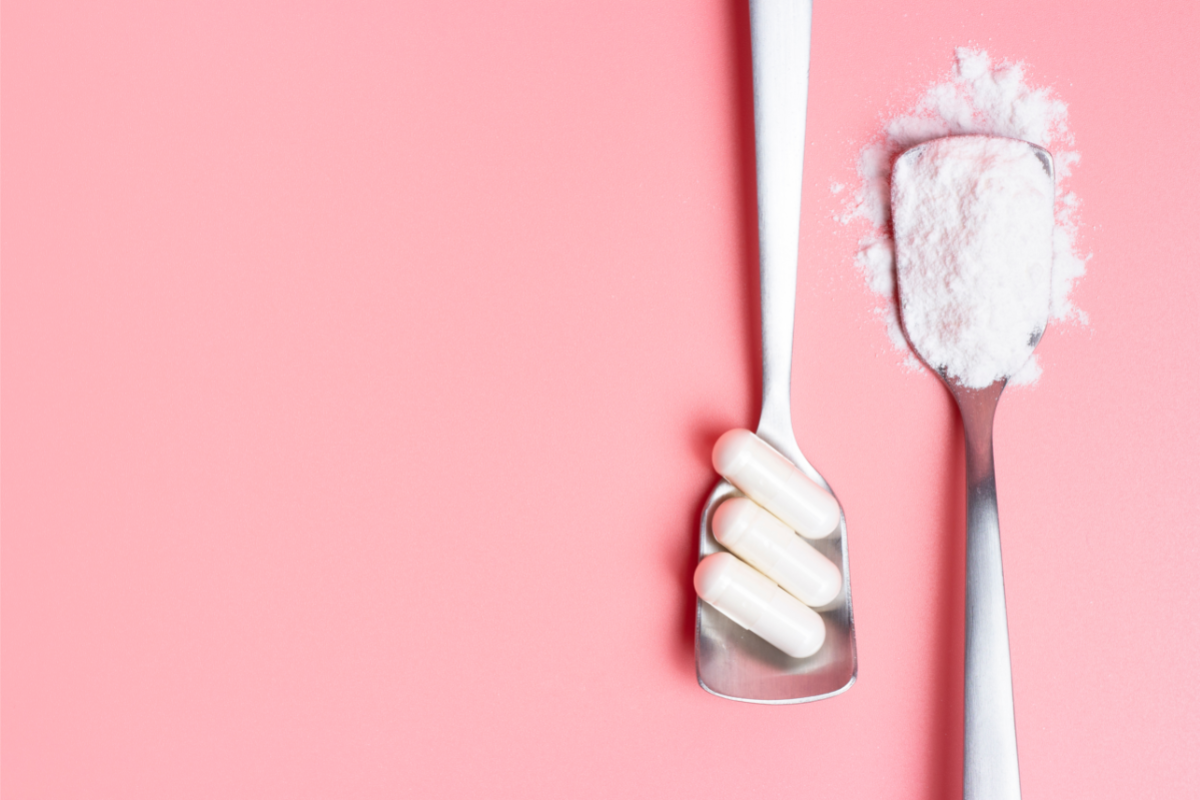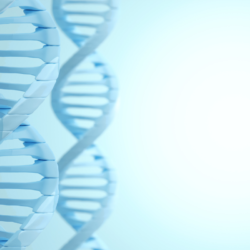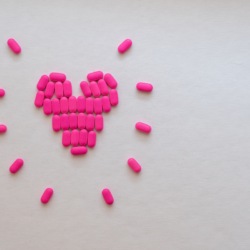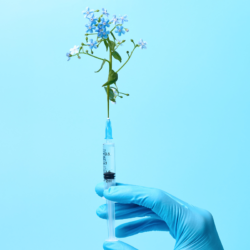There are many ways to look 10 years younger, but it’s important to choose the ones that are effective and safe for your body and mind. In this article, we’ll explore the different natural options, cosmetics and food supplements that can help you look and feel younger. We’ll discuss the pros and cons of each method, as well as the most effective and recognised products on the market.
Natural methods:
One of the best ways to look 10 years younger is to look after your body naturally. There are many ways of doing this, but here are some of the most common methods:
- Exercise: Regular exercise is one of the best ways to look 10 years younger. In fact, it stimulates blood circulation, which improves the supply of oxygen and nutrients to the skin. It also strengthens muscles and bones, helping you to look younger and fitter. It’s never too late to take an interest in body contouring, to feel better about yourself.
- Diet: a healthy, balanced diet is essential for a healthy body. Foods rich in antioxidants, vitamins and collagen are particularly beneficial for the skin. It’s also important to drink enough water to hydrate the skin from the inside out.
- A good protein intake: Adequate protein consumption plays a crucial role in the fight against ageing it helps preserve muscle mass, promotes cell renewal and supports optimal functioning of the immune system, all of which are essential for maintaining optimal health as we age.
- Sleep: a good night’s sleep is essential for good overall health. It allows our bodies to regenerate and repair themselves. So it’s important to get enough sleep every night to look and feel younger. If you’re having problems with insomnia, we recommend you read this article, so you can finally sleep like a baby!
- Stress: stress is one of the main factors in ageing. It can damage our skin, muscles and bones. So it’s important to manage stress effectively to look younger. So why not try meditation?
- Plants: Cistus essence, also known as Cistus essential oil, is a valuable natural remedy renowned for its exceptional anti-ageing properties. This essential oil is extracted from the leaves and flowers of the Cistus ladanifer plant, a species native to the Mediterranean region. Used for centuries in beauty and wellness rituals, Cistus ladanifer has earned its place as the ultimate healing remedy with animal notes.
- Facial yoga according to a study published in the Journal of Dermatological Science [1], regular facial exercises can help increase facial muscle tone
Red light: A modern elixir of youth
Spectacular advances in LED technology have led to the discovery of the remarkable benefits of red light for skin rejuvenation. According to a study published in 2023 in“Skin Research and Technology” [7], red light emitted at a certain wavelength has shown astonishing results in reducing the signs of ageing.
How does red light act on the skin?
Thanks to its deep penetration into the skin’s layers, red light stimulates the production of collagen and elastin, two key components in maintaining the skin’s elasticity and firmness. It also acts by improving blood circulation, promoting better oxygenation and nutrition of skin cells. This process helps repair the damage caused by ageing and external aggression.
Visible, scientifically proven effects
Study participants reported a significant reduction in wrinkles and fine lines, as well as an overall improvement in skin texture after regular sessions of red light exposure. This non-invasive and painless method has become a popular alternative to more aggressive anti-ageing treatments, such as cosmetic surgery or injections.
Cosmetic products:
To look 10 years younger, we recommend that you use suitable cosmetic products. There are many products on the market, but here are a few of the most effective and best-known:
- Anti-ageing creams: Anti-ageing creams contain ingredients that help to reduce wrinkles and fine lines. They can also help to hydrate the skin and improve its elasticity. It’s important to choose a cream that suits your skin type and contains effective ingredients such as vitamin C, hyaluronic acid or peptides. It’s also important to ensure that the cream contains SPF to protect the skin against UV rays. It’s important to note that using anti-ageing creams can take some time to see visible results, so it’s important to be patient and to continue using the cream regularly.
- Serums: serums are often more concentrated in active ingredients than creams. They can be used to target specific skin problems, such as age spots or deep wrinkles. By the way, have you read our blog post on the subject?
- Masks: masks can be used to deeply moisturise and improve the appearance of the skin. There are different types of mask, such as moisturising masks, exfoliating masks and repairing masks.
- Suncare products: UV rays are one of the main factors in skin ageing. So it’s important to protect your skin from UV rays by using a high-protection sunscreen. The Isdin brand offers sun creams with an innovative, non-greasy, transparent texture, suitable for all skin types. By the way, do you think sunscreen prevents us from synthesising vitamin D?
What role does diet play in anti-ageing?
Diet plays a fundamental role in the fight against ageing, providing the body with the essential nutrients it needs to maintain healthy, elastic skin that is resistant to the signs of ageing. A balanced diet rich in antioxidants, vitamins and minerals helps to prevent and combat the effects of time on the skin, by strengthening cellular structures and protecting cells against damage caused by free radicals.
Antioxidants, present in large quantities in fruit and vegetables, play a crucial role in neutralising free radicals, which are responsible for oxidation and inflammation of cells. This process can lead to the breakdown of collagen and elastin, two proteins essential for skin firmness and elasticity. A diet rich in antioxidants can help prevent this damage and keep skin looking younger and more resilient.
In addition, certain nutrients, such as vitamins A, C and E, zinc and selenium, are directly involved in collagen and elastin synthesis, as well as cell regeneration. They encourage the production of new cells and strengthen the skin barrier, which helps to slow down the ageing process.
Finally, a balanced and varied diet also helps to maintain a good hormonal balance and prevent imbalances that can accelerate skin ageing. For example, too much sugar in the diet can cause glycation of proteins, a process that leads to the formation of advanced glycation end products (AGEs), responsible for stiffening and weakening skin tissue.
Food supplements:
Food supplements can also be used to look 10 years younger. Some of the ingredients commonly used in dietary supplements for the skin are :
- Antioxidants: Antioxidants help protect the skin from damage caused by free radicals. Vitamins C (a real youth concentrate! ) and E, as well as selenium, are antioxidants commonly used in skin supplements.
- Omega-3 fatty acids: Omega-3 fatty acids can help moisturise the skin from within and improve its elasticity (as can hyaluronic acid, for example). In fact, fish- and krill-based food supplements are often used for their omega-3 content. We talked about this in our last blog post!
- Probiotics: probiotics can help maintain healthy intestinal flora, which can have a positive impact on skin health. Probiotic-based food supplements, such as those from the Probiolog brand, are often used to improve skin health.
In conclusion, there are many methods for looking 10 years younger, but it’s important to choose those that are effective and safe for our bodies and minds. Natural methods, cosmetic products and food supplements can all help to improve the appearance of the skin and make you feel better about yourself. It is important to consult a healthcare professional before starting any new diet or treatment.
Read more:
- https://www.ncbi.nlm.nih.gov/pmc/articles/PMC8824545/
- https://www.ncbi.nlm.nih.gov/pmc/articles/PMC4340807/
- https://pubmed.ncbi.nlm.nih.gov/25266053/
- https://www.ncbi.nlm.nih.gov/pmc/articles/PMC3428505/
- https://www.ncbi.nlm.nih.gov/pmc/articles/PMC7551800/
- Journal of Dermatological Science. (2021). The Effect of Facial Exercise on Skin Firmness. Retrieved July 21, 2023, from https://www.jdsjournal.com/





